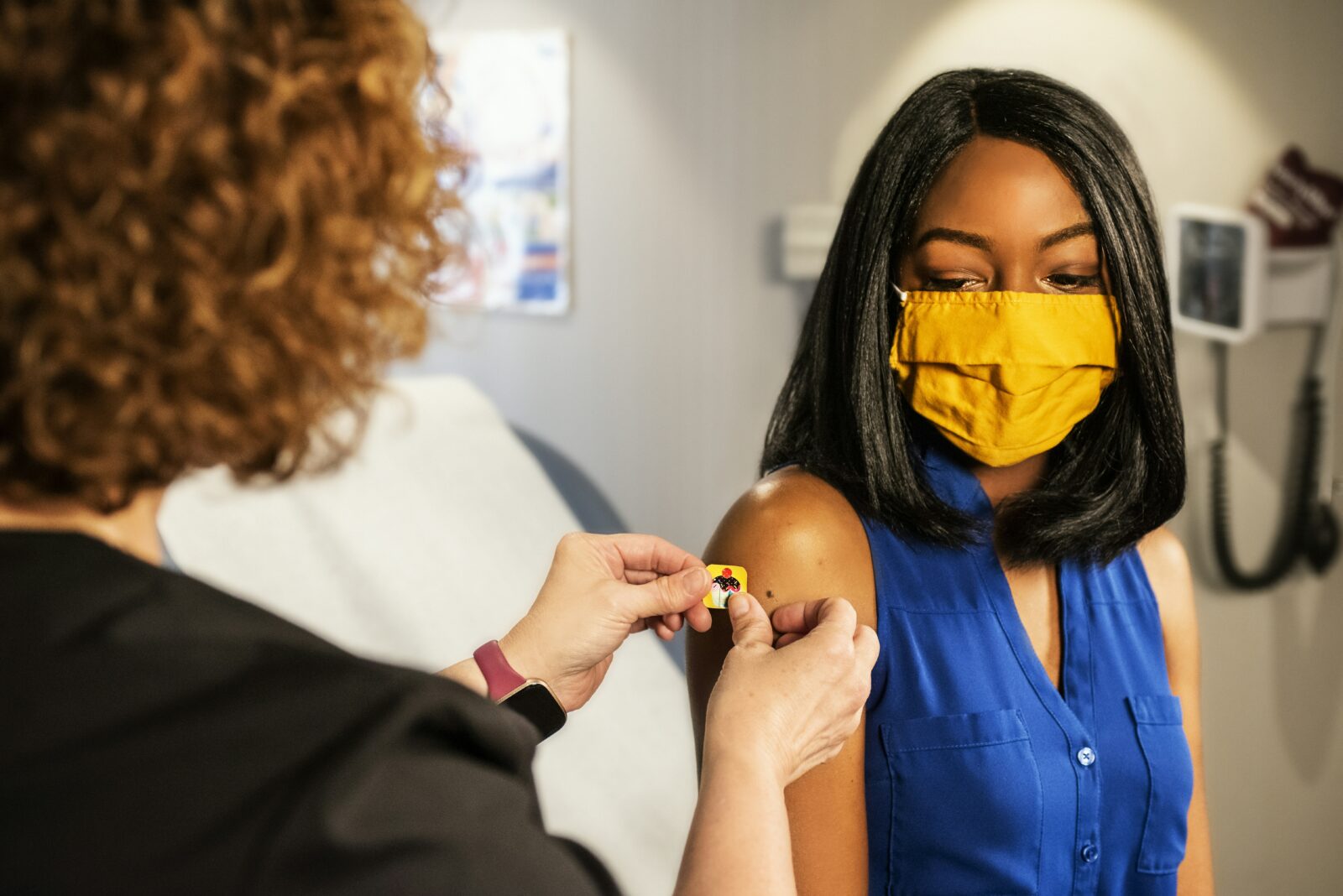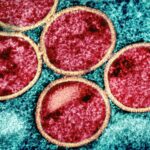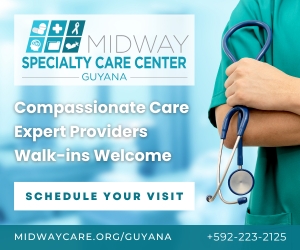Human Papillomavirus (HPV) is the most common sexually transmitted infection in the world. However, there is a lack of public awareness about this virus and its potential health consequences. There is a HPV vaccine available since 2004, that has been gradually introduced and accepted in many countries. This vaccine is safe, highly effective and prevents HPV infection is almost 100% of the recipients. Despite this significant milestone in the fight against HPV-related diseases, yet vaccine uptake is still lower than desired in many regions. This article will explore the importance of HPV vaccination, its role in preventing cancer, and the need for increased public health initiatives to promote its widespread adoption.
Understanding HPV and Its Health Impacts
HPV is a group of more than 200 related viruses, some of which
are associated with various types of cancer. These include cervical, anal, oropharyngeal, and genital cancers. Cervical cancer is the most well-known and is primarily caused by HPV types 16 and 18, which are responsible for approximately 70% of cases globally. Additionally, other high-risk HPV types contribute to cancers of the vulva, vagina, penis, anus, and throat.
HPV is mainly transmitted through intimate skin-to-skin contact, including sexual intercourse, making it highly contagious. Most sexually activeindividuals will contract at least one type of HPV at some point in their lives. Most of the primary infections are asymptomatic and resolve on their own. Persistent infection with high-risk HPV types can lead to the development of precancerous lesions and, ultimately, cancer.
The HPV Vaccine: A Powerful Tool for Prevention
The HPV vaccine is a groundbreaking public health tool designed to prevent infections caused by the most common and high-risk HPV types. The current approved vaccine by the U.S. Food and Drug Administration (FDA) is Gardasil 9, which protects against nine HPV types. This includes those most associated with cancer and genital warts. The vaccine is administered in two or three doses, depending on the recipient’s age, with the optimal age for vaccination being 11 to 12 years.
Benefits of HPV Vaccination
Prevention of Cervical Cancer
The most significant benefit of HPV vaccination is its ability to prevent cervical cancer. By targeting the HPV strains that are most associated with cervical cancer, the vaccine can reduce the incidence of this deadly disease. Studies have shown that countries with high vaccination coverage have seen a significant decline in HPV infections and related conditions, including precancerous cervical lesions.
Reduction of Other HPV Related Cancers
In addition to cervical cancer, HPV vaccination also protects against other cancers caused by HPV, including cancers of the anus, penis, and throat. These cancers are less common than cervical cancer but can be equally devastating.
Prevention of Genital Warts
The HPV vaccine also protects against the strains of HPV that cause genital warts, which are a common and uncomfortable condition. Reducing the prevalence of genital warts not only improves individual quality of life but also decreases the overall burden on healthcare systems.
Herd Immunity
Widespread HPV vaccination can contribute to herd immunity, where the spread of the virus is reduced within a population. This helps protect those who are not vaccinated, such as individuals with compromised immune systems or those who are not eligible for the vaccine.
Addressing Vaccine Hesitancy and Access Barriers
Despite the proven efficacy of the HPV vaccine, there are several challenges to achieving widespread vaccination coverage. Vaccine hesitancy, fueled by misinformation, concerns about vaccine safety, and cultural or religious beliefs, remains a significant barrier. Some parents are reluctant to vaccinate their
children against a sexually transmitted infection at a young age, even though the vaccine is most effective when administered before exposure to HPV.
Public health campaigns must address these concerns by providing accurate information about the vaccine’s safety and benefits. Extensive research and monitoring have confirmed that the HPV vaccine is safe. The most common side effects are mild, such as pain at the injection site or a low-grade fever. Serious side effects are infrequent, and the benefits of vaccination far outweigh the risks.
Access to the HPV vaccine is another critical issue, particularly in low—and middle-income countries where the burden of HPV-related cancers is highest. Cost, healthcare infrastructure, and vaccine availability pose significant challenges in these regions. Global health initiatives, such as those led by the World Health Organization (WHO) and the GAVI Alliance, aim to increase access to the HPV vaccine through funding, education, and distribution programs.
The Road Ahead: Increasing Vaccination Rates
Increased coverage rates across all populations are essential to maximize the impact of HPV vaccination. Schools play a pivotal role in this effort, as school-based vaccination programs are highly effective in reaching adolescents. Healthcare providers are also responsible for educating patients and parents about the importance of the vaccine and recommending it during routine visits.
Conclusion
HPV vaccination is a critical tool in the fight against cancer and other HPV-related diseases. By preventing infection with the most dangerous strains of HPV, the vaccine can save lives and reduce the burden
of disease on individuals and healthcare systems. Increasing awareness about the importance of HPV vaccination, addressing misconceptions, and improving
access to healthcare are essential steps in ensuring that more people can benefit from this preventive measure. Widespread adoption of HPV vaccination can protect future generations from the devastating effects of HPV related diseases and contribute to a healthier, cancer-free world.














